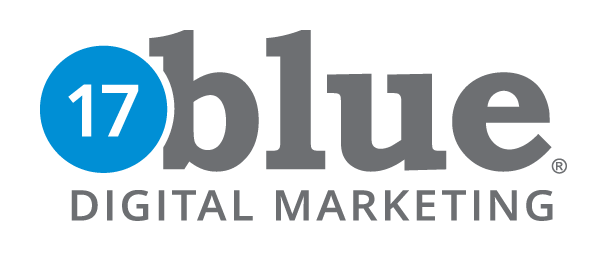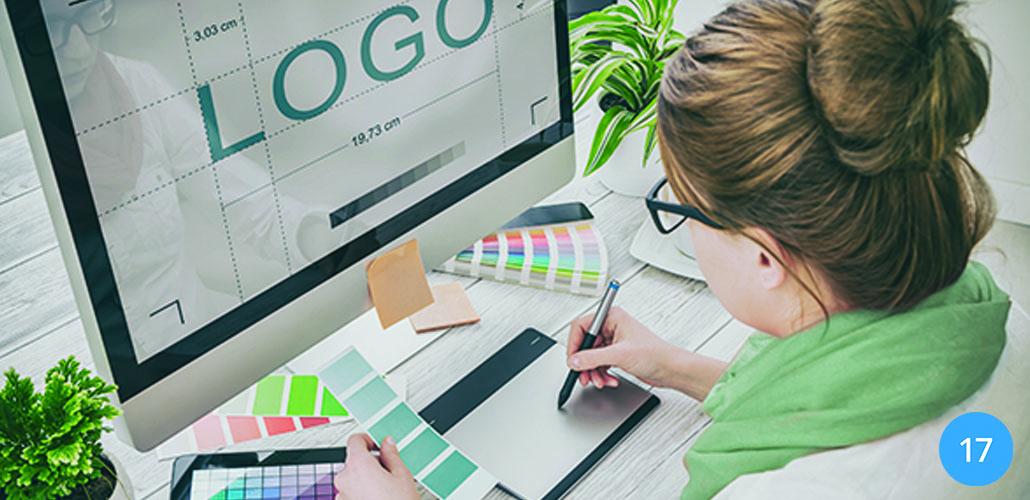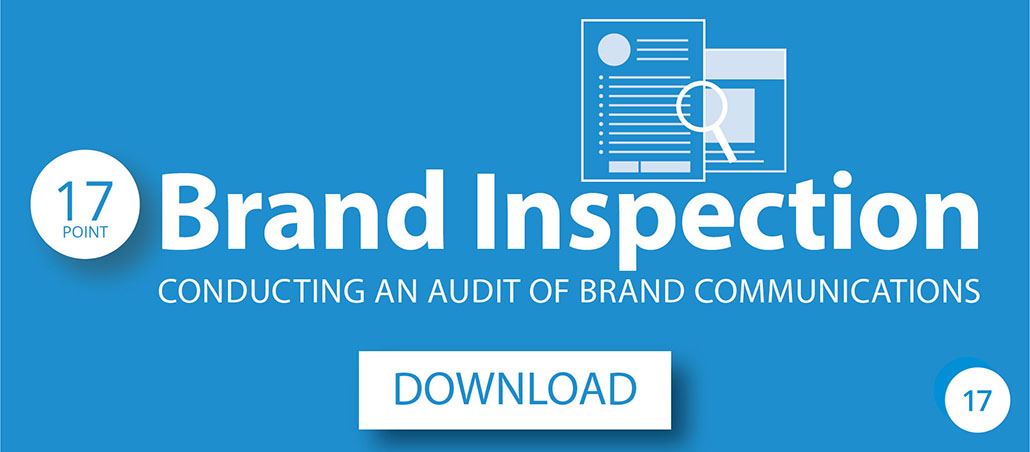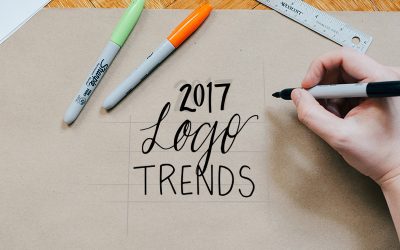A logo is a key identifier for company brands. In the same way a company name doesn’t always explain the products/services sold, a logo isn’t a descriptor. It’s an iconic identifier.
Easy recognition is a large part of a successful logo design. You want a person who looks at your logo (without the company name on it) to be able to identify the company it belongs to. Below are a few things to keep in mind when creating or updating a logo.
1. Keep it simple and memorable
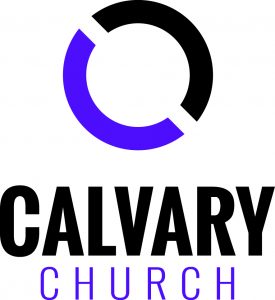
Keeping the logo simple will allow for the public to recognize it easily. Minimize the noise in the image; keep the focus on one part. Adding extra frill typically doesn’t add value. For logos, the old expression “less is more” applies well. Your logo should be unique without being overwhelming – simple lends itself to being versatile and memorable. Having a memorable logo leads to having a memorable company – which is good for business.
2. Make it timeless

Your logo shouldn’t be redesigned every other year. It should be able to withstand the test of time. Whether 5, 10 or 20 years… your logo should still be effective. Periodically a minor refresh is fine; that doesn’t mean the logo failed to be timeless. Avoid major design changes and complete overhauls unless you significantly change your business model, service offerings or market niche.
Don’t base your logo solely on new trends – trends change quickly – effective logos last.
3. Make it adaptable
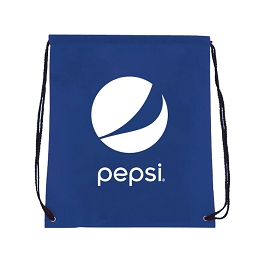
There is a lot to think about when determining the adaptability of a logo. It should be able to work on various mediums and applications. When analyzing a potential design, ask yourself:
- Can this logo concept be used horizontally, vertically, and in a square?
- Will the logo still be effective when it’s…
- Printed in a solid color?
- Embroidered on a company shirt?
- Printed on something very small? (like a label or name tag)
- Printed on something really large? (like a billboard, truck)
If the logo is easily adaptable and still recognizable, it can be used in a wide array of applications – allowing it to be seen more often and helping it become more well known.
4. Make sure it is appropriate
An appropriate logo design is essential to success in your marketplace. Your design must connect with and speak to your audience. Knowing who you’re targeting before creating a design helps ensure that your brand’s keystone element is relevant and trusted.
Consider these two logos. Both are well-known, simple, iconic, appropriate, and trusted.

But would they be effective if you switched them? The tilted “E” just doesn’t portray “make magical memories” and as much as we love this particular mouse, he doesn’t communicate “trusted business technology.”
Take your time when developing a logo; it’s worth investing the time and thought to get it right. It’s important your logo represents what your company stands for and portrays the right message to your prospects. Enjoy the process of developing concepts and ideas. Once it’s right, keep it for the long-haul and it will be part of the very special “magic” that is your authentic brand experience.
